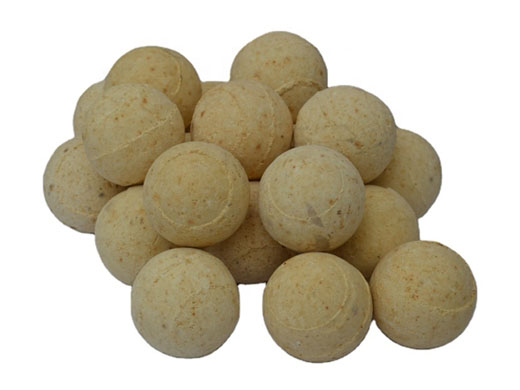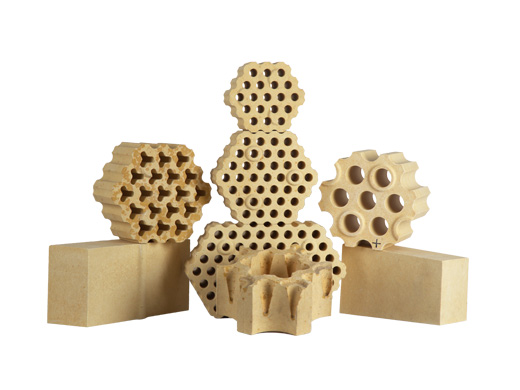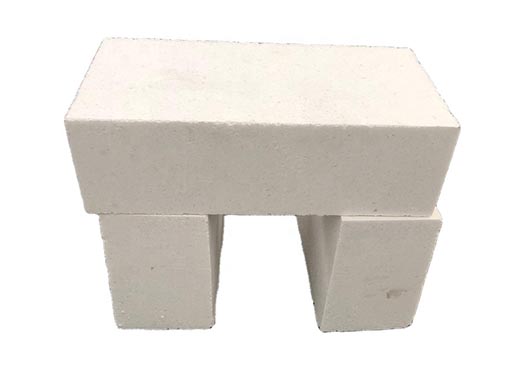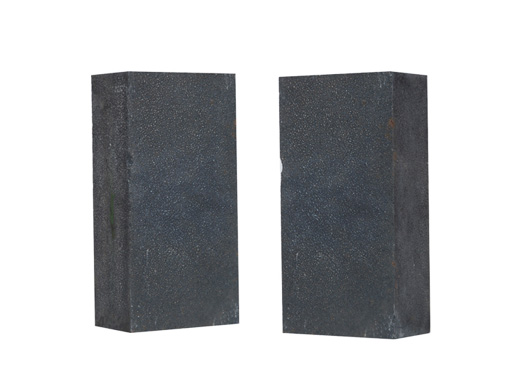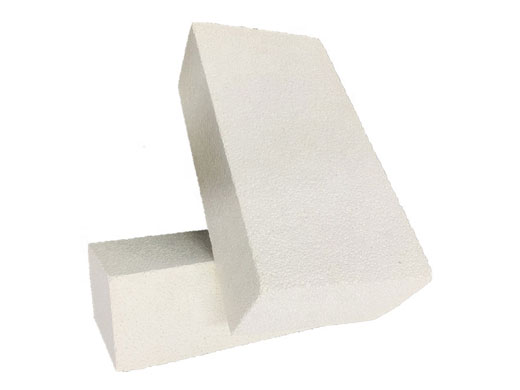Price Determinants of high alumina fire bricks
Industry news | Refractory Wiki | Refractory news | Enterprise news |Price Determinants of high alumina fire bricks
High-alumina fire bricks are a name that is distinguished from other refractory bricks in terms of material. According to the difference in aluminum content, the aluminum content is 48% as a dividing line, and the aluminum content below 48% is generally called clay refractory brick. It is called high alumina fire bricks.
High alumina fire bricks are divided into different grade standards, which are also classified by aluminum content. The content of aluminum oxide in refractory bricks is 48~60%, which is called three-grade high alumina fire bricks (three-grade high-alumina bricks). ), the content of aluminum oxide is between 60 and 75%, it is called secondary high alumina fire bricks (secondary high-alumina bricks), and those with aluminum oxide content of more than 75% are called first-grade high alumina fire bricks (a high-alumina bricks). According to the use of the application industry, there are higher standards for the aluminum content of high alumina fire bricks. Those with an aluminum content of more than 80% are often called super high-alumina bricks.
The production process of high alumina fire bricks are basically the same, and the physical and chemical performance indicators of different grades of high alumina fire bricks are different, including refractoriness, softening temperature under load, aluminum content, bulk density, compressive strength and linear change rate. Among these physical and chemical indicators, many buyers and customers only require aluminum content and refractoriness when purchasing. In fact, this is wrong. The main factors that determine the service life of high alumina fire bricks are the aluminum content and the softening temperature under load. The softening temperature under load determines the ambient temperature of this brick, because the refractoriness of high alumina fire bricks can generally reach more than 1700. The softening temperature under load is very different. The third-grade high-alumina bricks may only be more than 1400 degrees, and the super high-alumina bricks can reach 1550 degrees.
Then let's talk about the application of high alumina fire bricks. As the basic material of high-temperature industry, high-alumina bricks are basically used in industrial kilns, but the shape and size are different.
Common steel and metallurgy industries, glass melting furnaces, cement rotary kilns, steel blast furnaces, hot blast furnaces, electric furnaces for special steel smelting, blast furnaces, etc.
The determinant of the price of high-alumina refractory bricks is related to the material and the softening temperature under load. In addition, for some special types of high-alumina bricks, the difficulty of the forming process needs to be considered in combination with the drawings.
Newest
- 2023-07-31
Properties of silicon nitride and its application in refract···...
- 2023-07-31
Properties of silicon nitride and its application in refract···...
- 2023-07-31
Properties of silicon nitride and its application in refract···...
- 2023-07-31
Properties of silicon nitride and its application in refract···...
- 2023-07-31
To explore the application of magnesia carbon brick in refra···...
Solution
- 2022-11-22
The technical requirements and production processes of fused···...
- 2022-09-06
Price Determinants of high alumina fire bricks...
- 2022-08-30
Technical performance and technology of silica mullite brick···...
- 2022-08-27
Refractory materials in various parts of the furnace and pre···...
- 2022-08-23
Magnesite chrome brick composition process classification...
